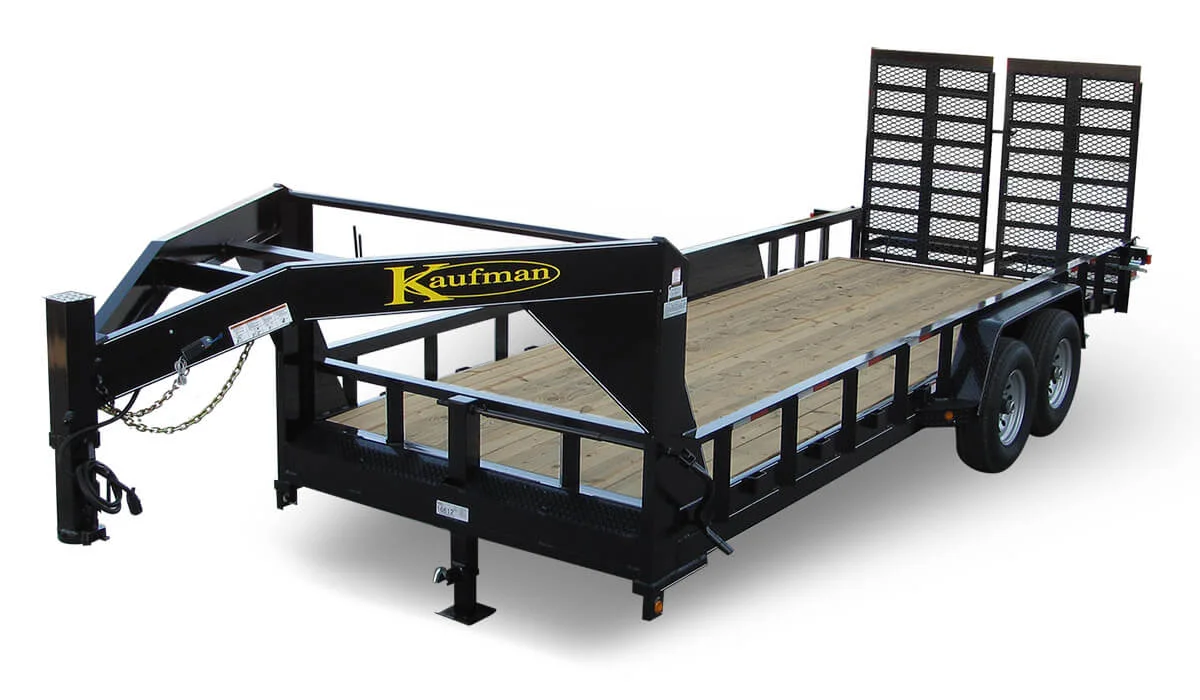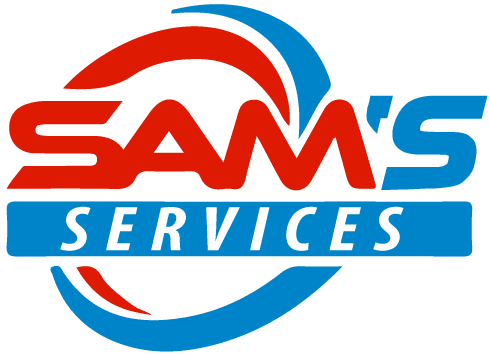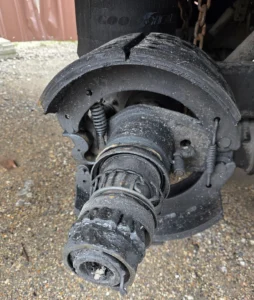
Towing a 20 foot gooseneck trailer in Houston can be challenging, especially when unexpected hazards arise. From sudden trailer sway to unpredictable traffic conditions, the risks are real for both experienced haulers and beginners. Understanding these hazards—and knowing how to respond—can make the difference between a safe trip and a costly roadside emergency.
At Sam’s Services, we’ve seen it all: blown tires, brake failures, cargo shifts, and more. This guide will help you recognize the most common dangers and equip you with the right strategies to stay safe while hauling your gooseneck trailer.
1. Understanding the Risks of Towing a 20 Foot Gooseneck Trailer
A 20 foot gooseneck trailer is known for stability and heavy load capacity, but it’s not immune to hazards. Common risks include:
Trailer sway caused by strong winds, poor loading, or high speeds.
Loss of trailer control due to mechanical failures or driver error.
Roadside emergencies like tire blowouts or brake malfunctions.
Limited maneuverability in urban Houston traffic.
Preventing these hazards starts with proper preparation and understanding how your trailer responds under different conditions.
2. Trailer Sway: Causes and Prevention
Trailer sway is one of the most dangerous situations when towing a 20 foot gooseneck trailer. It occurs when the trailer begins to fishtail from side to side, reducing your ability to steer and control the vehicle.
Causes of trailer sway:
Unevenly distributed cargo
Traveling at excessive speeds
Sudden steering movements
Strong crosswinds
Prevention tips:
Balance your load so that 60% of the weight is in the front half of the trailer.
Keep your speed moderate, especially on highways.
Install a sway control device.
Maintain proper tire pressure.
If sway begins, don’t slam the brakes—instead, gradually slow down and keep the steering steady.
If trailer sway becomes unmanageable on the road, call our Roadside Assistance team for immediate help.
3. Loss of Trailer Control
A 20 foot gooseneck trailer can become unstable if braking or steering is sudden or improper. Loss of trailer control often leads to jackknifing or tipping.
How to avoid loss of control:
Use a proper braking technique—apply brakes evenly and avoid abrupt stops.
Regularly service your brakes through Trailer Repair services.
Drive slower in bad weather or heavy traffic.
In case of control loss, focus on steering the towing vehicle back in line and avoid overcorrecting, which can worsen the problem.
4. Common Roadside Emergencies
When hauling a 20 foot gooseneck trailer, roadside emergencies can happen at any time. The most frequent include:
Flat tires or blowouts
Brake failure
Broken hitch connections
Electrical issues with trailer lights
Pro Tip: Always carry a roadside emergency kit with tools, reflective triangles, a spare tire, and a jack.
If you encounter a serious breakdown, Towing and Recovery services from Sam’s can get your trailer and load safely off the road.
Roadside Support You Can Count On
No matter the situation, our reliable roadside assistance ensures you get the help you need, fast. From breakdowns to emergencies, we’re here 24/7 to keep you moving.
5. Hazards Unique to Houston Roads
Towing in Houston presents its own challenges:
Heavy traffic on I-45, I-69, and the Sam Houston Tollway.
Flash flooding during storms, increasing trailer instability.
Construction zones requiring tight maneuvering.
Driving a 20 foot gooseneck trailer in these conditions demands extra patience and awareness. Stay informed of weather and traffic updates before starting your trip.
6. Preparing Your 20 Foot Gooseneck Trailer for the Road
Before every trip, a thorough inspection is essential. Use this checklist:
Check tire pressure and tread depth.
Inspect brakes and brake controllers.
Ensure lights and signals are working.
Confirm hitch connections are secure.
Check cargo tie-downs for tightness.
For professional inspections, visit our Wheel Alignments and Trailer Repair services.
7. Emergency Response Tips
When faced with a hazard:
Stay calm and avoid sudden movements.
Turn on hazard lights to alert other drivers.
Move to a safe location before assessing the problem.
If the trailer is blocking traffic, call Hazmat Clean-up and towing immediately if cargo has spilled.
8. When to Call a Professional
Sometimes, self-repairs aren’t safe or possible. Call Sam’s Services if:
The trailer is heavily swaying and you can’t stabilize it.
The hitch connection has broken.
You’ve had a major tire blowout with no safe place to change it.
Electrical failures prevent you from signaling turns or stops.
Our team provides Emergency Truck Repair, Cross-docking, and Towing and Recovery to get you back on the road quickly.
Conclusion
Towing a 20 foot gooseneck trailer safely in Houston requires preparation, vigilance, and knowing when to call for help. By preventing trailer sway, maintaining trailer control, and being ready for roadside emergencies, you can reduce your risks and protect your cargo.
When hazards strike, trust Sam’s Services—your local experts in Roadside Assistance, Trailer Repair, and heavy-duty towing.



